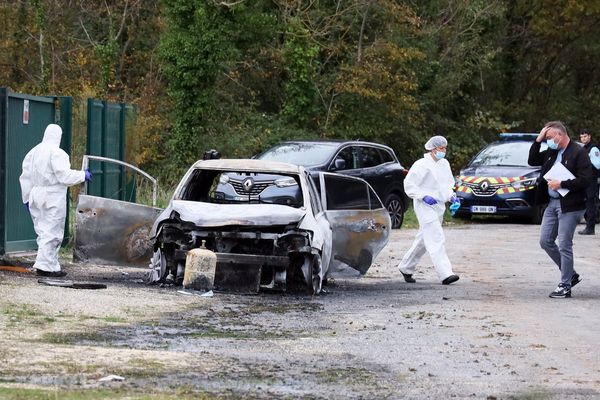
It's fun to choose new plants to grow in your front yard - selecting the colors, shapes, textures and sizes of the different varieties that will work together to create your vision is ultra rewarding. However, there are certain plants never to grow in a small front yard.
This may be because they are invasive species that can harm local wildlife, or fast-growers that will crowd out gentler plants, or even cause structural issues to yours or neighboring properties.
When planning your small front yard ideas, these are the plants horticultural experts recommend avoiding and why.
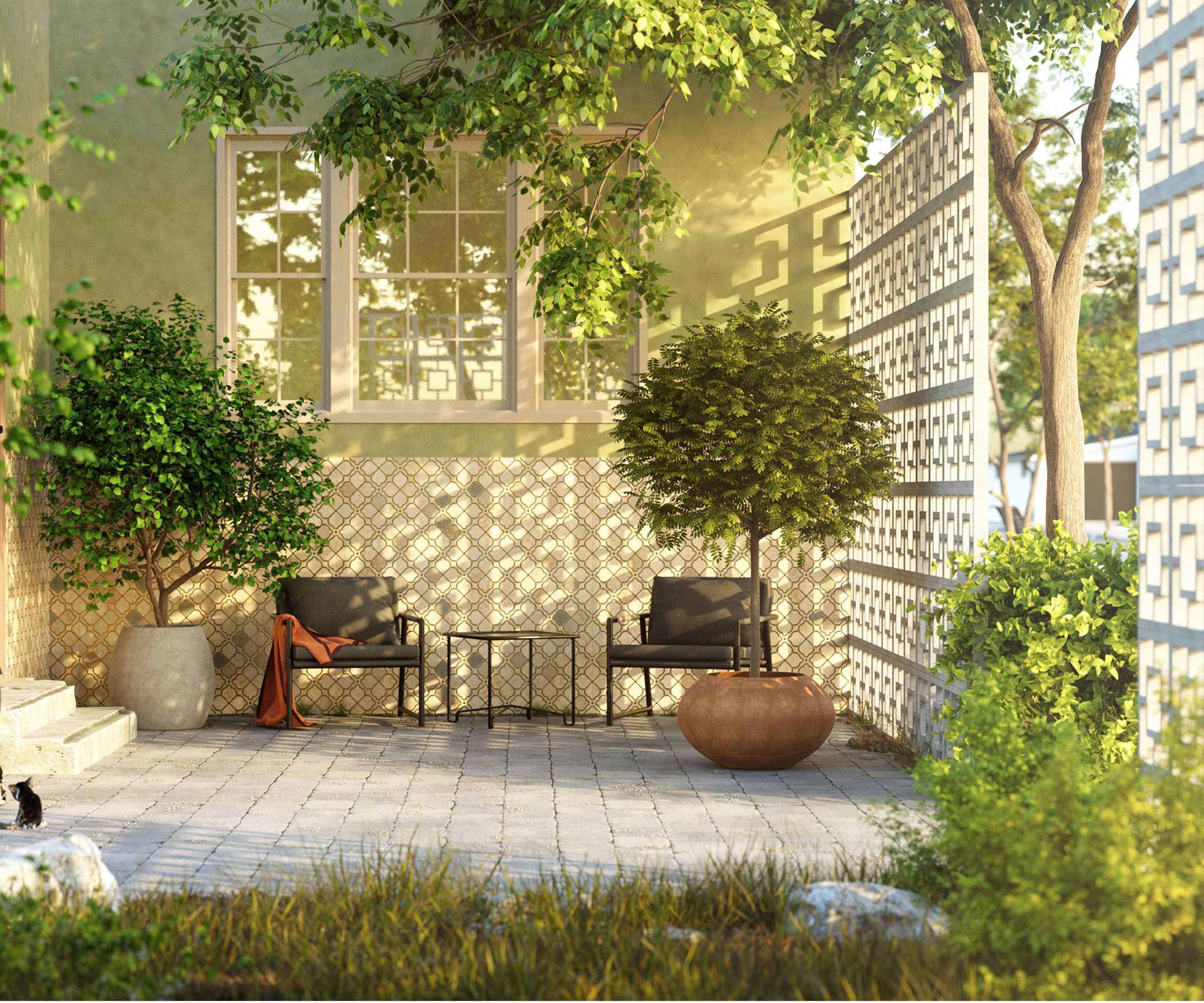
7 plants never to grow in a small front yard
In a small front yard, native planting is a good idea, as these species will be adapted to your weather conditions, provide a food source for pollinators and are usually far lower maintenance too.
'For any yard, small or large, avoid planting invasive species,' says ecological landscape designer, Kim Eierman, founder EcoBeneficial and author, The Pollinator Victory Garden, available at Amazon. 'These are aggressive non-native plants that disrupt ecosystems and cause environmental harm. These species may be on your state’s list of invasive plants and noxious weeds, but don’t stop there.
'Sleeper species that haven’t yet made it to a state list but have all the characteristics of non-native invasive plants, should be avoided in your yard too. This is particularly important in small yards where these plants can spread aggressively and spread to your neighbor’s yards, as well.'
1. English ivy (Hedera helix)
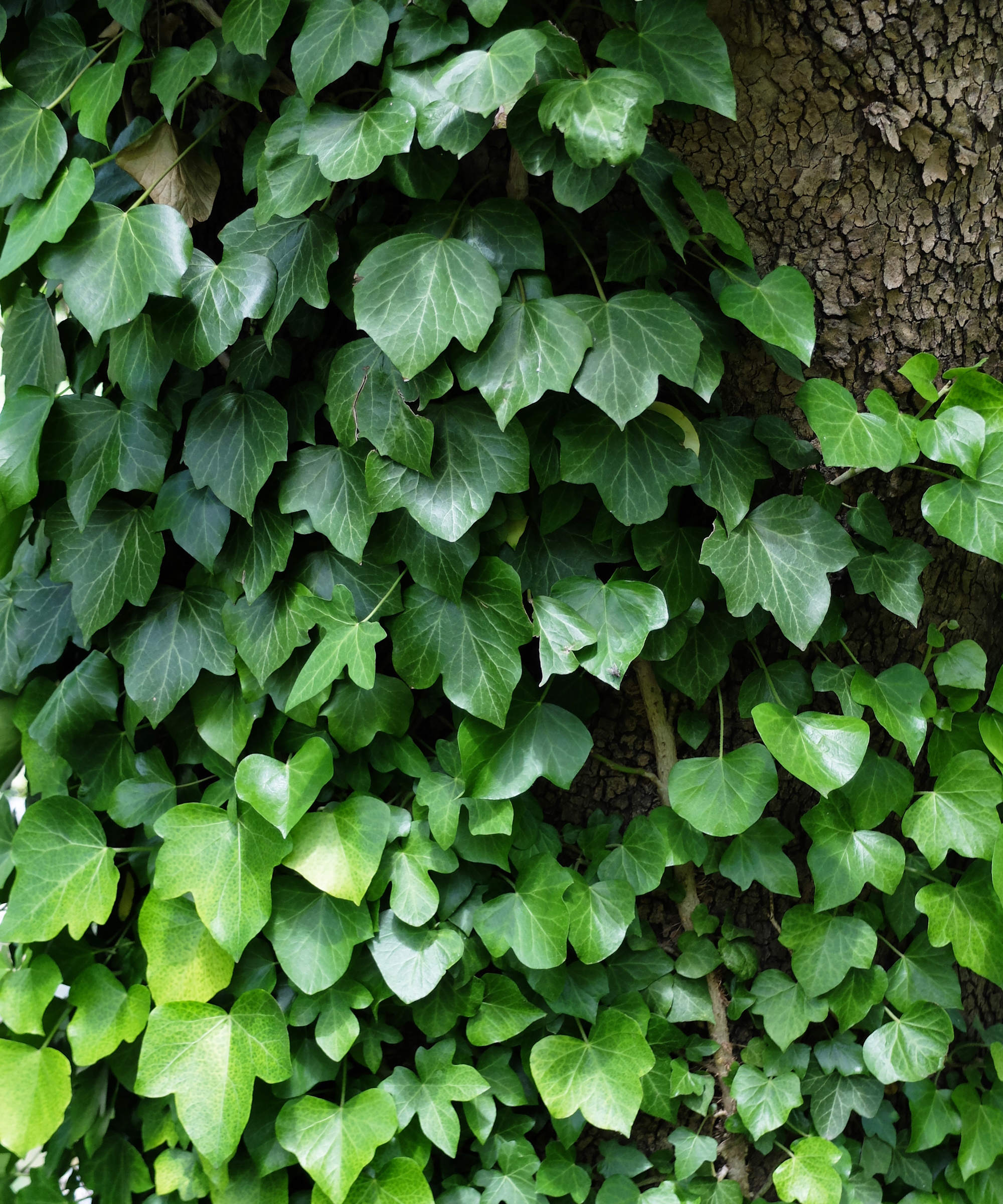
English ivy has a magical, old world charm, conjuring up images of secret gardens and hidden histories, particularly when it's covering walls, fences and property facades. However, as a fast-growing climbing plant, English ivy can be hard to tame, particularly in a small space. It may even cause structural damage.
'While commonly used as groundcover, English ivy is one of the most invasive plants in the American landscape,' says Daniel Eginton, founder, Daniel Eginton Landscape Architects.
'English ivy climbs and spreads rapidly, smothering other plants and even damaging structures. Once established, it’s challenging to remove and can easily invade neighboring yards or wild spaces.'
If you're already growing English ivy and need to cut it back, wear gloves, as this plant is toxic. These great-value gardening gloves from Amazon will do the job of protecting your hands.
2. Heavenly Bamboo (Nandina domestica)
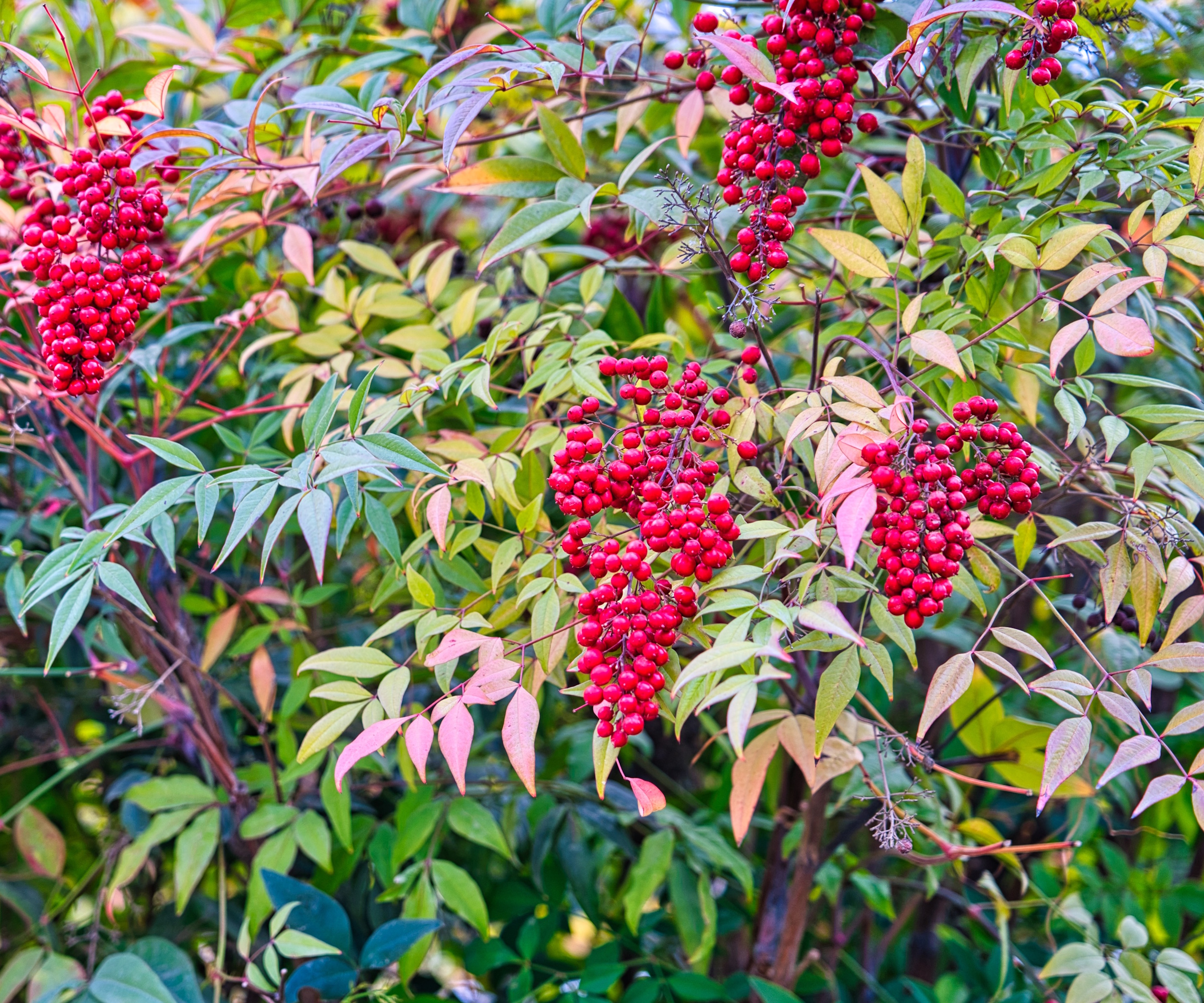
Although commonly known as Heavenly or Sacred Bamboo, Nandina is far from heavenly, sacred - or even bamboo. It's an invasive plant that actually belongs to the Berberidaceae family. It's often grown for its colorful leaves in fall and the white flowers and bright red berries that eventually follow.
However, this plant is on the US Department of Agriculture's noxious weeds list in numerous regions. Its berries are highly toxic to birds, as well as dogs, cats and other animals (causing fatalities). It also outcompetes native woodland plants, which pollinators rely on for food, when it spreads to the wild.
'Popular in southern gardens, Nandina has many drawbacks,' says Daniel. 'Nandina’s roots send out runners, resulting in new shoots that emerge several feet from the main plant, potentially overwhelming other garden plants.
'It can crowd out native plants and ornamentals, reducing biodiversity in the landscape.'
If you've moved to a property where Nandina is already growing, it can be cut back with heavy duty pruners, like these Bypass pruners from Burpee.
3. Knock Out Roses (Rosa ‘Knock Out’)
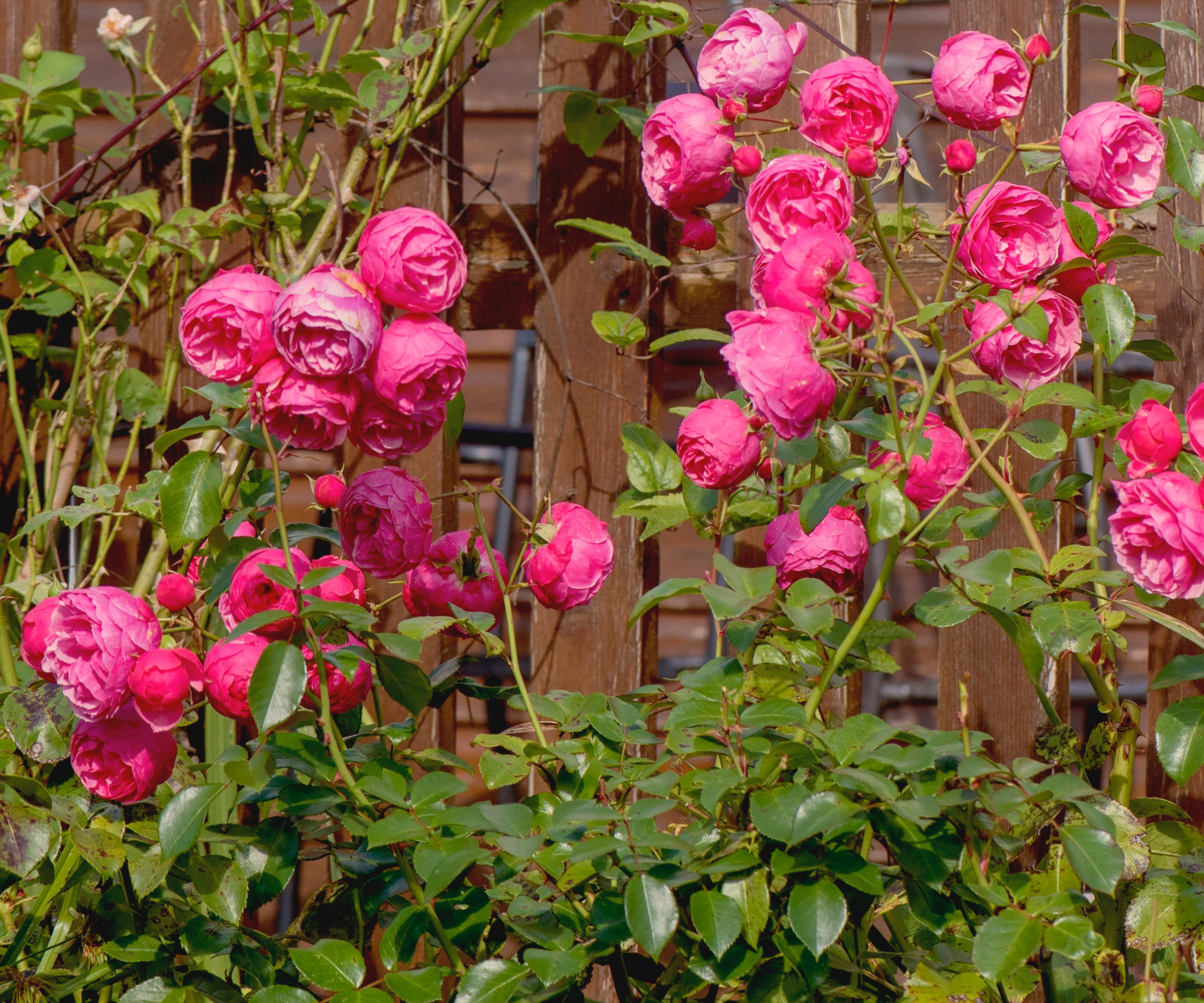
Knock Out Roses can be a popular choice for gardeners, as they are low maintenance, drought tolerant plants. They will often thrive in areas where other rose species may struggle. However, it's this resilience that may cause issues with Knock Out Roses in small spaces, due to their rapid spread.
'While low-maintenance, Knock Out Roses may quickly outgrow small spaces,' says Daniel. 'These roses can reach substantial heights and spread quickly when not regularly pruned, overtaking small garden beds.
'They’re better suited to larger areas where they have room to spread without overwhelming nearby plants.'
Instead of planting vigorous Knock Out Roses, try the 'Peach Drift' rose from Burpee, which is great for containers or small spaces, with a height of 18" and a spread of 24" at maturity.
4. River Birch (Betula nigra)

If you're tight for square footage and you're a stickler for a tidy front yard, river birch is not for you. In a compact space, it may make you unpopular with your neighbors too. This is not one of the best trees for small gardens. It is far better suited for larger spaces, where its sprawling root system has room to spread.
'Although visually striking with its peeling bark and attractive fall foliage, the river birch has downsides,' says Daniel. 'River birches shed branches year-round, creating debris in the yard.
'Their roots can spread widely too, potentially damaging foundations, sidewalks, and patios. For small front yards, this aggressive root system is a risk to surrounding hardscapes.'
River birch isn't the only tree never to plant in a small yard, so check the growth rate and any potential adverse effects of anything you are considering, before you decide what to include in your garden ideas.
5. Common milkweed (Asclepias syriaca)
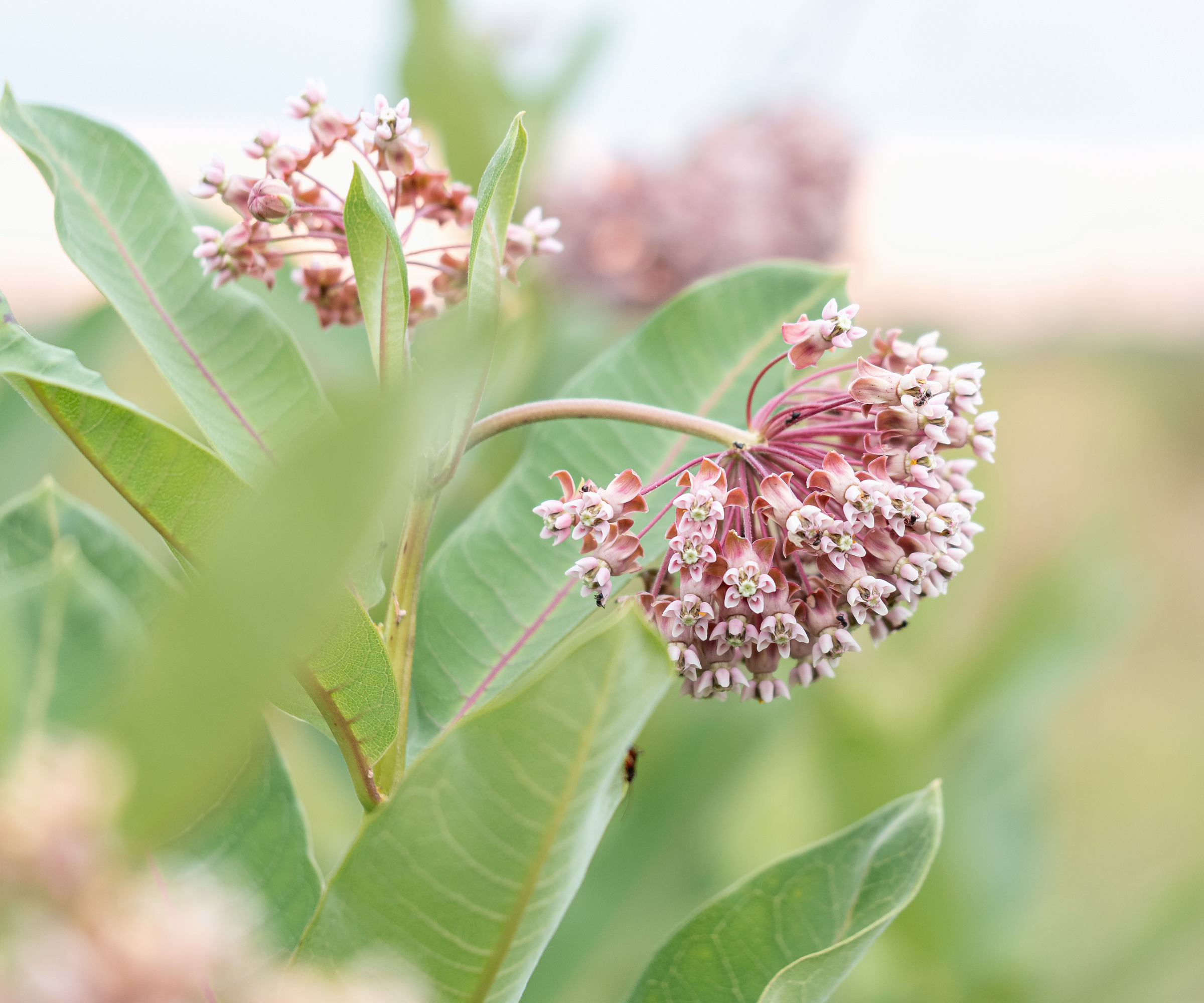
Milkweed is the only plant where the endangered Monarch butterfly lays its eggs, as it's eaten exclusively by its caterpillars. So it's one of the best plants for a butterfly garden. However, common milkweed can spread fast, so it's not a good idea in a small front yard.
That doesn't mean you have to rule out milkweed entirely, as there are other, better milkweed species for compact spaces, as ecological landscape designer, Kim Eierman explains.
'In very small yards, native plants that spread rapidly, such as common milkweed (Asclepias syriaca), may not be the best choice,' says Kim. 'Fortunately, there are clumping species of native milkweeds for monarch butterflies and other pollinators.
'Two such plants with a wide native range in the US are swamp milkweed (Asclepias incarnata) for moist to wet, sunny areas, and butterflyweed (Asclepias tuberosa) for sunny areas in drier soil.'
6. Rose of Sharon (Hibiscus syriacus)
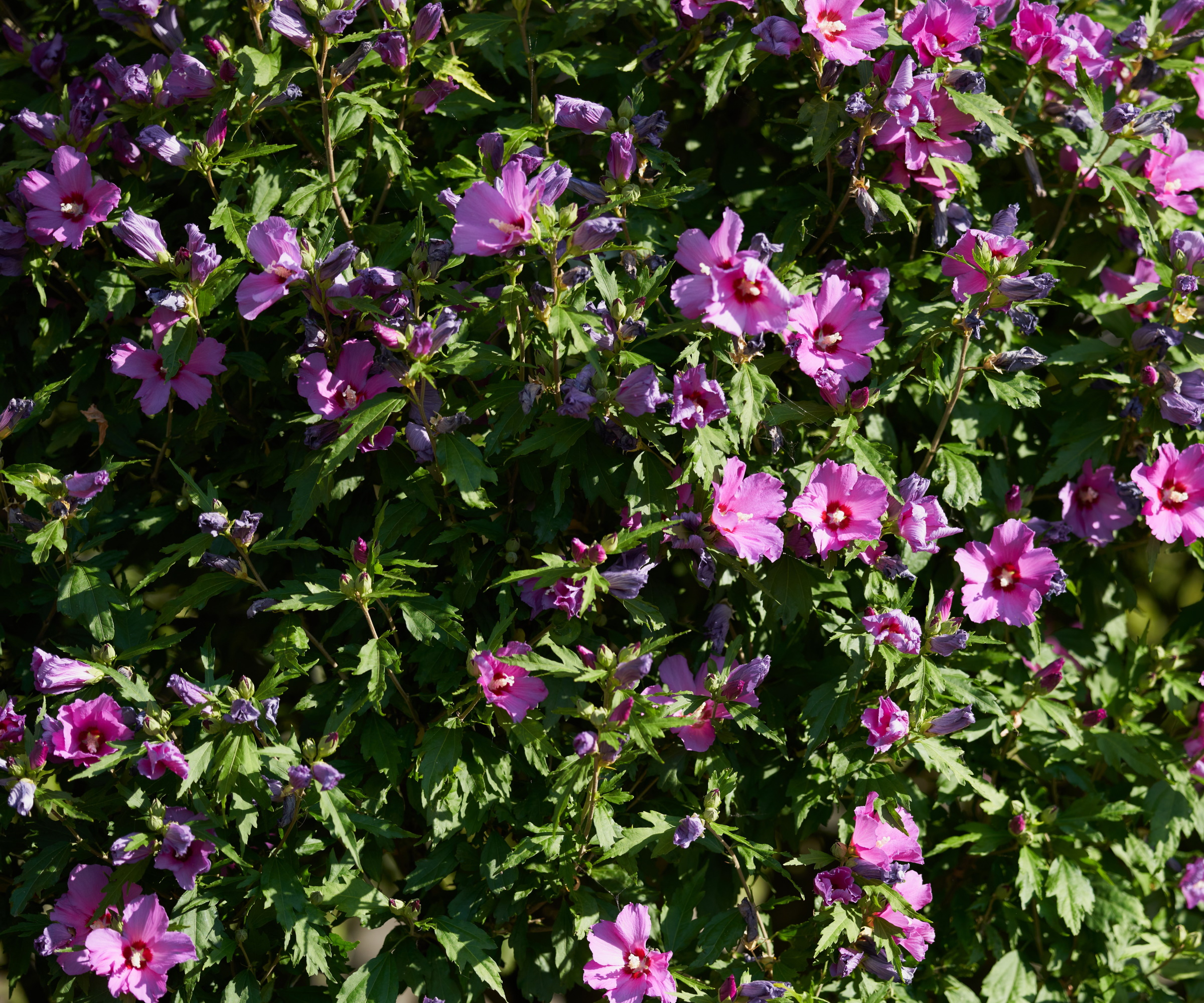
Rose of Sharon grows large, up to 8-12 foot (4-metres) tall and wide, so it requires space. Although not officially classified by the USDA as an invasive plant, it is considered so by some horticulturalists, due to its ability to re-seed and spread.
'It hasn't made it to the state list yet, but a sleeper species, which has the characteristics of an invasive plant is Rose of Sharon (Hibiscus syriacus),' says Kim.
'This Asian plant was introduced into many parts of the U.S. It's a prolific re-seeder that easily spreads on its own without human help, so it's best avoided, particularly in a small yard. Regional native plants are better alternatives to these invasive plants.'
7. Snow Fountains Weeping Cherry (Prunus x 'Snowfozam)
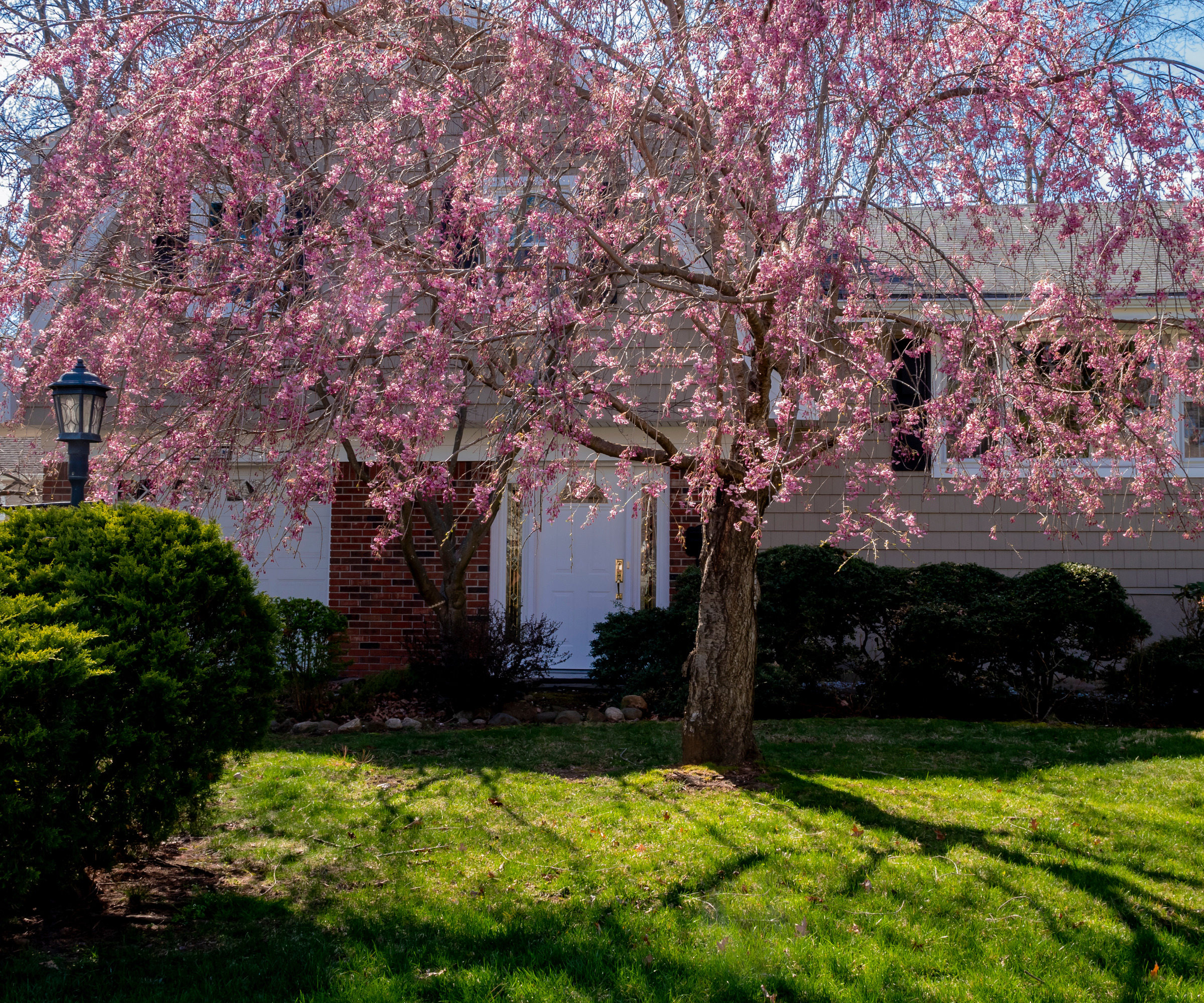
Ornamental cherry blossom trees are a beautiful addition to a garden. However, be judicious if you're choosing fast-growing flowering trees for a small front yard. As well as their natural beauty, some species provide more (or less) benefits to the local ecology than others.
'As a native landscape designer, I have a particular aversion to the overly planted and under-performing weeping dwarf cherry trees, such as the Snow Fountains,' says Kim. 'Unlike our native cherry trees (Prunus species), these non-native trees provide very little ecological support as pollinator plants or larval host plants. They don’t provide fruit for birds or the branching structure that wildlife needs for proper habitat either.
'For a small front yard, try some small native alternatives like Chokecherry (Prunus virginiana), or American plum (Prunus americana). Check online to see what Prunus species are native to your region.'
When planning garden ideas for a small front yard, choosing plants that won't rapidly overtake or smother others is key for a balanced outdoor space. It also means you won't have to spend too much time cutting back and pruning to keep them in shape either.
'When designing a small garden, opting for plants that stay compact, support local wildlife, and are easy to manage will ensure a beautiful, healthy, and sustainable outdoor space,' says Daniel. 'Choose plants that complement the size and purpose of your yard to create a more balanced and visually appealing garden.'
